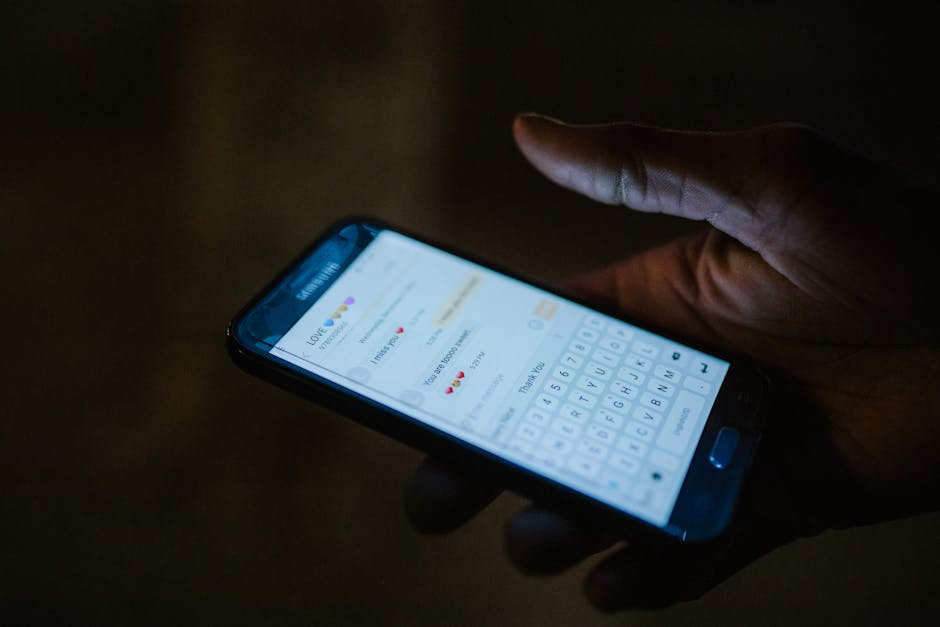Navigating the Modern Workplace: The Power of Wayfinding Solutions
“Explore the transformative impact of wayfinding solutions in today's dynamic workplace. From digital kiosks to interactive signage, learn how these tools can streamline navigation, improve productivity, and create a more welcoming environment for employees and visitors alike. ”

The Art of Wayfinding: Guiding People Through Modern Workspaces
In today's complex and ever-evolving office environments, the importance of effective navigation cannot be overstated. Wayfinding, the process of helping people find their way around an environment, has become a crucial aspect of workplace design and management. As organizations strive to create more efficient and user-friendly spaces, wayfinding solutions have emerged as powerful tools to enhance the overall workplace experience.

Understanding Wayfinding and Its Impact
Wayfinding encompasses a range of strategies and tools designed to orient individuals within a physical space. In the context of modern offices, it goes beyond simple directional signs to include comprehensive systems that facilitate smooth navigation and promote a sense of comfort and confidence among employees and visitors.
The impact of effective wayfinding extends far beyond mere convenience. It plays a significant role in:
-
Enhancing Productivity: By reducing time wasted in searching for locations, wayfinding systems allow employees to focus on their tasks rather than getting lost in the office maze.
-
Improving User Experience: Clear and intuitive navigation creates a positive impression on both employees and visitors, contributing to a more welcoming and stress-free environment.
-
Promoting Safety: In emergency situations, well-designed wayfinding can be crucial for quick and efficient evacuations.
-
Supporting Brand Identity: Wayfinding elements can be customized to reflect a company's branding, reinforcing corporate identity throughout the workspace.
Types of Wayfinding Signage
Effective wayfinding systems incorporate various types of signage, each serving a specific purpose in guiding individuals through the workplace:
1. Informational Signs
These provide general information about an area, such as directories or building layouts. They help people understand where they are and where they need to go, serving as a crucial first point of reference for navigation.
2. Directional Signage
Guiding individuals with specific directions, these signs use arrows and clear text to indicate pathways to key locations like exits, restrooms, or departments. They create a logical flow of traffic throughout the office.
3. Identification Signage
These signs mark specific locations, such as room numbers or department names, making it easy for people to confirm they've reached their intended destination.

4. Regulatory Signage
Communicating rules and regulations, these signs play a crucial role in maintaining order and safety within the workplace. Examples include "Authorized Personnel Only" or "Quiet Zone" signs.
5. Interactive Digital Signage
Representing the cutting edge of wayfinding technology, interactive digital signs offer dynamic, real-time information and can often be personalized to individual needs. These might include touchscreen kiosks or mobile app integrations.
The Benefits of Implementing Wayfinding Solutions
Investing in a comprehensive wayfinding system can yield numerous benefits for organizations:
-
Improved Navigation: Even in the most complex office layouts, clear wayfinding reduces confusion and time spent searching for specific areas.
-
Enhanced User Experience: Well-designed signage creates a more welcoming environment, reducing stress and frustration associated with feeling lost or disoriented.
-
Increased Productivity: By minimizing time wasted on navigation, employees can focus more on their work tasks, leading to improved overall productivity.
-
Better Space Utilization: Effective wayfinding can help optimize the use of office space by guiding people to available resources and areas efficiently.
-
Strengthened Brand Identity: Customized wayfinding elements can reinforce company branding throughout the office, creating a cohesive visual experience.

Implementing Wayfinding in Your Workplace
To create an effective wayfinding system for your office, consider the following steps:
-
Assess Your Space: Conduct a thorough analysis of your office layout, identifying potential pain points and areas that need clearer navigation.
-
Define User Journeys: Map out the typical routes and destinations for different types of users (employees, visitors, etc.) to ensure your system addresses all needs.
-
Choose the Right Mix of Solutions: Combine traditional signage with digital solutions to create a comprehensive system that caters to various preferences and scenarios.
-
Integrate with Existing Systems: Ensure your wayfinding solution integrates seamlessly with other workplace management tools for maximum efficiency.
-
Gather Feedback and Iterate: Regularly collect user feedback and be prepared to make adjustments to improve the system over time.
The Future of Wayfinding: Digital and Interactive Solutions
As technology continues to evolve, so do the possibilities for wayfinding solutions. Advanced digital systems are becoming increasingly popular, offering features such as:
- Interactive Kiosks: Touchscreen displays that provide detailed maps, directories, and even personalized directions.
- Mobile Apps: Smartphone applications that offer turn-by-turn navigation within the office, often integrated with desk booking and meeting room reservation systems.
- Augmented Reality (AR): Cutting-edge solutions that use AR to overlay directional information onto the real world through a smartphone camera.
These digital solutions not only enhance navigation but also provide valuable data on space utilization and movement patterns, which can inform future office layout decisions and improvements.
Conclusion: Navigating Towards a Better Workplace
In the complex landscape of modern offices, effective wayfinding is no longer a luxury—it's a necessity. By implementing thoughtful wayfinding solutions, organizations can create more efficient, welcoming, and productive workspaces. From traditional signage to cutting-edge digital systems, the right combination of wayfinding tools can transform the way people interact with their work environment.
As we continue to navigate the challenges of hybrid work models and evolving office designs, investing in robust wayfinding solutions will be key to creating workplaces that truly work for everyone. By guiding people effortlessly through physical spaces, we can focus on what really matters: the work itself and the people who make it happen.